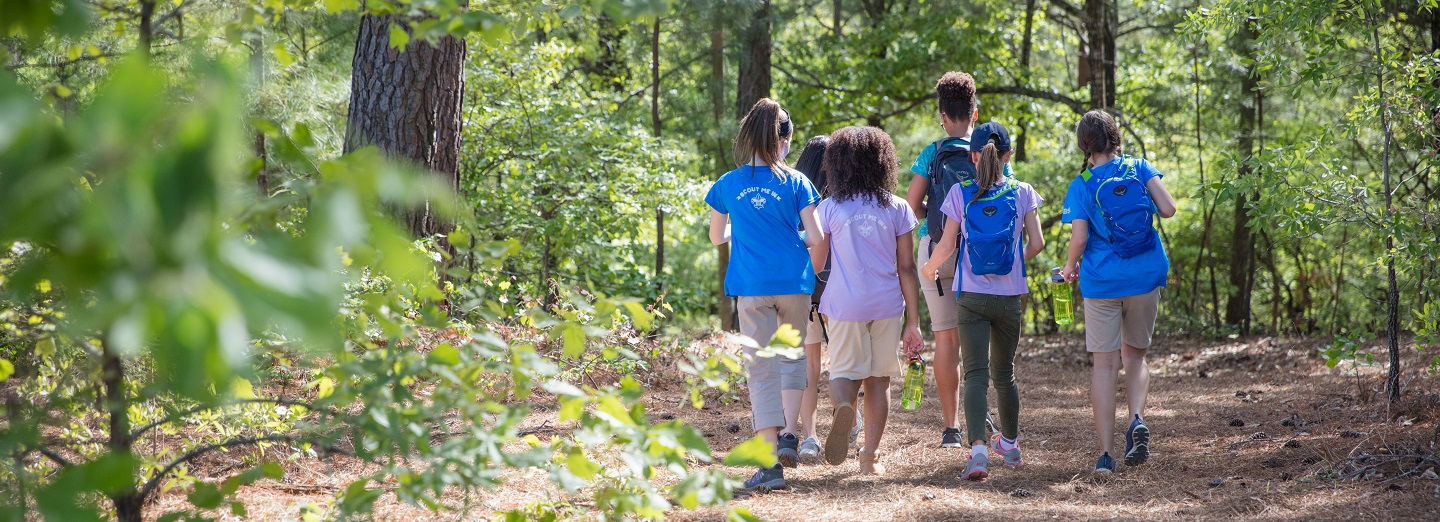
SUMMARY
Millions of Americans—many of them Scouts and Scouters—will be affected by poisonous plants each year. Almost everyone has heard the warning “leaves of three, let it be.” Despite training to identify them on sight and efforts to avoid them, almost everyone has stumbled through a patch of poison ivy, poison oak, poison sumac, or one of several other plants that can cause an uncomfortable itch, a rash, and often blisters.
GENERAL INFORMATION
Urushiol, an oil in poison ivy, poison oak, and poison sumac is the principal cause of the rash. It is found in the fruit, leaves, stem, and root of the plant, and 50-75% of people are allergic to it. These plants grow in all 48 of the continental U.S. states. A rash will generally develop on skin that comes into contact with the plant in one to four days and may last for up to three weeks.
As with many things, avoidance of exposure is the best action. Take a careful look where you camp or picnic and be sure to point out the plants to those who are not familiar with them. If you’ve walked through the plants, avoid contact with your shoes and pants, as the oil can rub off of materials and onto you. Don’t use wood with hairy vines attached to it in your campfires. Smoke from these plants can spread the oil and even create allergic reactions in airways and the eyes.
If you think you’ve been exposed, you have a limited amount of time to wash off the urushiol before it affects you. Use soap and water or a specially designed product (like Zanfel®, Ivy Wash®, or Tecnu®) that has been formulated to more fully remove the urushiol, especially when used within a few hours of exposure. Washing with soap and water for up to 30 minutes will remove up to 90% of the oil and decrease the possibility of an allergic response.
If you’re not successful in removing the urushiol, a rash can develop wherever you’ve come in contact with it. The rash isn’t contagious and can’t be spread by the oozing of a blister.
For a mild rash, both hydrocortisone cream and calamine lotion work well to reduce the itching, as does cool water, oatmeal bath or even a swim. Antihistamine creams or lotions are not recommended, but oral antihistamines (like Benadryl®) may help ease itchiness or help one sleep at night. Scouts and Scouters should seek medical attention if the rash covers more than 10% of the body, if signs of an infection appear, or if the rash gets close to the eyes.
RESOURCES


